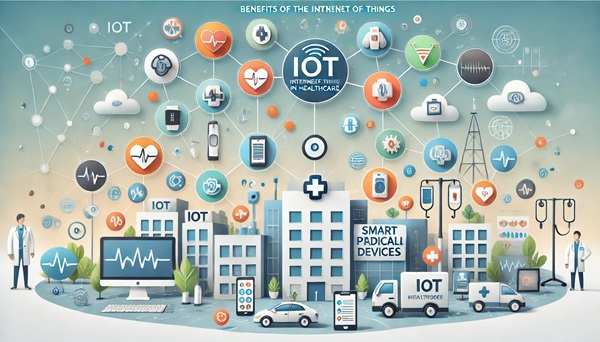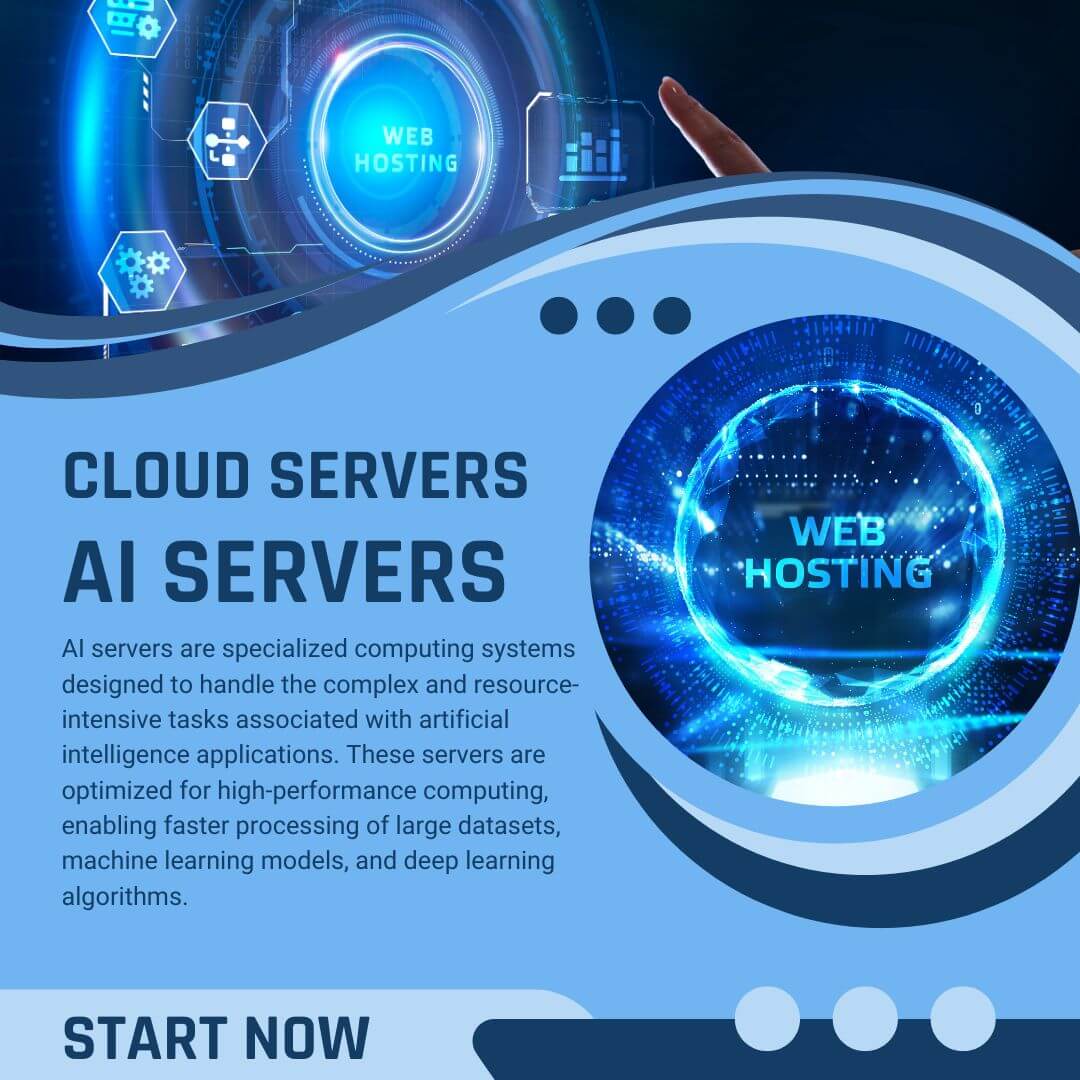In today's rapidly advancing technological era, the Internet of Things (IoT) presents remarkable potential in healthcare. The integration of IoT into medical technology is revolutionizing the healthcare sector, significantly enhancing the quality of services and patient care.
The Internet of Things (IoT) refers to the interconnected network of devices that communicate and share data through the internet. In healthcare, IoT involves connecting medical devices and systems, allowing for seamless data exchange and improved patient monitoring. This technology brings unprecedented levels of connectivity and automation, transforming the way healthcare is delivered.

Why IoT Matters in Healthcare
By integrating IoT, healthcare systems can achieve efficient and secure data transmission, enabling healthcare professionals to monitor patients' conditions accurately and in real-time. This connectivity facilitates better data analysis, leading to more precise diagnoses and tailored treatment plans. Moreover, IoT enhances operational efficiency in healthcare facilities by automating routine tasks and enabling remote patient monitoring.
Key Benefits of IoT in Healthcare
1. Enhanced Health Monitoring
IoT enables continuous and real-time collection of health data, allowing doctors to monitor patients around the clock. This data helps in identifying health status changes and adjusting treatments based on individual needs. For instance, wearable devices can track vital signs such as heart rate, blood pressure, and glucose levels, providing critical insights into a patient’s health.
2. Accurate Diagnosis
With IoT technology, healthcare providers can access detailed patient data, aiding in rapid and precise diagnoses. Automated data analysis helps in early disease detection, facilitating timely and effective treatment. By integrating machine learning algorithms, IoT systems can analyze patterns in patient data, leading to more accurate diagnostic outcomes.
3. Reduced Medical Errors
Continuous monitoring and accurate diagnoses help minimize medical errors. IoT systems can verify medication compatibility, reducing harmful drug interactions. For example, smart pill bottles can remind patients to take their medication and alert healthcare providers if doses are missed, ensuring adherence to prescribed treatment plans.
4. Improved Management of Chronic Diseases
IoT devices provide regular monitoring of chronic conditions like diabetes and hypertension, enabling early intervention and better disease management. Continuous data collection allows for the adjustment of treatment plans based on real-time information, improving patient outcomes and reducing hospital readmissions.
5. Enhanced Patient Experience
Wearable devices and smart applications allow patients to monitor their health status continuously, increasing their engagement in the treatment process and enhancing their overall experience. Patients can access their health data through user-friendly interfaces, empowering them to take an active role in their healthcare.
Improving Disease Monitoring and Treatment Tracking
IoT technology plays a crucial role in monitoring diseases and tracking treatments. By connecting medical devices to the internet, continuous monitoring of vital health indicators is possible, enabling timely adjustments to treatment plans. This real-time data collection helps in managing acute and chronic conditions more effectively.
1. Continuous Vital Signs Monitoring
Wearable devices like blood pressure and glucose monitors send data to healthcare providers in real-time, allowing immediate response to changes in patient health. This continuous monitoring can alert healthcare providers to potential health issues before they become critical, enabling proactive care.
2. Medication Adherence
IoT systems can track medication intake, ensuring patients follow their prescribed treatments and allowing healthcare providers to intervene if necessary. Smart medication dispensers can provide reminders and track usage, reducing the risk of non-compliance and improving health outcomes.
3. Chronic Disease Management
Regular monitoring of health indicators helps manage chronic diseases more effectively, preventing complications and improving patient outcomes. IoT devices can provide continuous feedback on health metrics, allowing patients to make informed decisions about their lifestyle and treatment.
Applications of IoT in Chronic Disease Management
IoT applications are vital in managing chronic diseases, offering personalized and continuous care to patients. Smart devices and applications provide real-time data, enabling better health management. This continuous data stream helps in early detection of potential health issues and facilitates timely interventions.
1. Continuous Health Data Monitoring
Devices like blood pressure monitors and glucose meters connect to the internet, sending data to apps or the cloud for continuous monitoring and analysis. This real-time data allows healthcare providers to adjust treatment plans promptly, ensuring optimal care for chronic disease patients.
2. Enhanced Care Coordination
IoT facilitates information sharing among healthcare teams, improving care coordination and treatment efficiency. Integrated care platforms can provide a comprehensive view of a patient’s health, enabling collaborative decision-making and more cohesive treatment plans.
3. Patient Education and Awareness
Smart apps and devices provide patients with customized health information and guidance, enhancing their understanding of their conditions. Educational resources can be tailored to individual patients, helping them manage their health more effectively and make informed decisions.
The Evolution of Healthcare Technologies with IoT
IoT has significantly advanced healthcare technologies, offering continuous monitoring, improved diagnosis, and better patient experiences. These technological advancements are transforming traditional healthcare practices and leading to more efficient and effective care delivery.
1. Real-Time Monitoring
IoT connects medical devices to the cloud, enabling real-time health data transmission and immediate intervention when needed. This real-time connectivity ensures that healthcare providers can respond quickly to any changes in a patient’s condition, reducing the risk of complications.
2. Enhanced Diagnosis and Treatment
Big data and AI analyze health data from IoT devices, improving diagnostic accuracy and treatment effectiveness. By leveraging predictive analytics, healthcare providers can anticipate potential health issues and implement preventive measures.
3. Early Disease Detection
IoT helps detect early signs of diseases, allowing for prompt intervention and better treatment outcomes. Early detection can significantly improve prognosis and reduce the overall cost of treatment by addressing health issues before they become severe.
Improving Healthcare Quality with IoT Technology
IoT technology enhances healthcare quality by providing personalized and efficient care, improving patient monitoring, and reducing costs. These improvements lead to better patient outcomes and more sustainable healthcare systems.
1. Efficient Patient Monitoring
IoT devices enable continuous monitoring, allowing for early detection of health issues and timely interventions. This proactive approach helps prevent complications and reduces the need for emergency care.
2. Personalized Care
Data from IoT devices allows for personalized treatment plans, improving patient outcomes and reducing side effects. Personalized care ensures that treatments are tailored to the unique needs of each patient, enhancing their overall health and well-being.
3. Enhanced Communication
IoT facilitates better communication among healthcare teams, improving care coordination and reducing medical errors. Secure data sharing platforms enable seamless information exchange, ensuring that all healthcare providers have access to the most up-to-date patient information.
Innovative Uses of IoT in Healthcare
IoT brings innovative solutions to healthcare, enhancing patient experience and treatment effectiveness. These innovations are driving significant improvements in healthcare delivery and patient satisfaction.
1. Wearable Health Devices
Wearable devices monitor vital signs continuously, allowing patients to track their health without frequent hospital visits. These devices can provide early warnings of potential health issues, enabling patients to seek medical attention before problems escalate.
2. Smart Medication Management
IoT systems provide medication reminders and monitor adherence, ensuring patients follow their treatment plans. Smart dispensers can also alert healthcare providers if a patient misses a dose, allowing for timely intervention.
3. Virtual Healthcare Assistance
IoT enables remote healthcare through virtual consultations, providing easy access to medical advice. Virtual assistants can offer immediate support and guidance, reducing the need for in-person visits and improving patient convenience.
Health Monitoring and Early Disease Diagnosis
IoT technology enhances health monitoring and early disease diagnosis through efficient data collection and analysis. These capabilities enable more proactive and preventive healthcare approaches, improving patient outcomes.
1. Smart Health Monitoring Devices
Devices like fitness trackers and blood pressure monitors collect vital data, facilitating continuous patient monitoring. These devices can provide real-time feedback on a patient’s health, allowing for timely interventions and adjustments to treatment plans.
2. Big Data Analytics
Analyzing large datasets from IoT devices helps identify health trends and early disease signs, improving diagnosis and treatment. Predictive analytics can also forecast potential health risks, enabling preventive measures to be implemented early.
Efficiency and Cost Reduction in Healthcare with IoT
IoT improves healthcare efficiency and reduces costs through better resource management and personalized treatments. These benefits lead to more sustainable healthcare systems and better patient outcomes.
1. Accurate Diagnosis and Treatment
Continuous data from IoT devices aids in accurate diagnosis and optimal treatment plans, reducing unnecessary interventions. This targeted approach improves patient outcomes and reduces the overall cost of care.
2. Efficient Resource Management
IoT systems track and manage medical resources, reducing waste and improving logistical planning. Automated inventory management ensures that healthcare providers have the necessary supplies on hand, reducing delays and improving patient care.
3. Preventive Care
IoT technology helps develop preventive care systems, identifying health risks early and implementing preventive measures. This proactive approach reduces the need for costly treatments and improves overall public health outcomes.
4. Reduced Administrative Costs
Automating processes with IoT reduces administrative costs, streamlining scheduling and medical record management. Electronic health records and automated scheduling systems reduce the need for manual processes, improving efficiency and reducing costs.
Summary
The Internet of Things (IoT) represents a significant advancement in healthcare, offering a range of substantial benefits through its various medical applications. Medical uses of IoT technology are key to improving healthcare overall, contributing to the provision of personalized and efficient care, enhancing health monitoring, diagnosing diseases early, increasing care efficiency, and reducing medical costs.
Regarding health monitoring improvement, IoT technology contributes to continuous health data collection from smart monitoring devices such as heart rate monitors, blood sugar levels, and blood pressure monitors. This data can be directly analyzed, allowing for effective patient monitoring and early intervention when needed.
In the field of early disease diagnosis, IoT technology helps provide accurate and continuous medical data from connected medical devices, facilitating the detection of early disease symptoms and determining appropriate treatment early on.
Furthermore, IoT technology provides data-driven personalized care, allowing treatment and medical guidance to be tailored based on individual patient data, improving treatment outcomes and effectiveness.
Additionally, IoT technology can be used to increase care efficiency through automated medical data analysis, helping to improve the quality of care and reduce medical errors.
Finally, IoT technology contributes to reducing medical costs by better managing medical resources and improving planning, thereby providing high-quality healthcare services at reasonable costs.
Overall, the use of IoT in healthcare represents a significant development that contributes to improving quality, efficiency, and cost reduction, thereby enhancing patient experience, improving treatment outcomes, and contributing to building a more sustainable and effective healthcare system.








